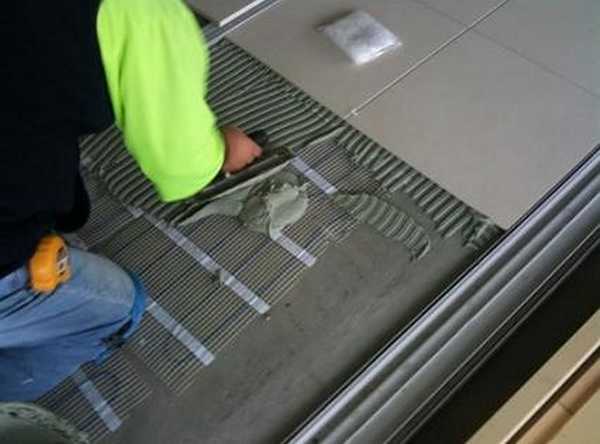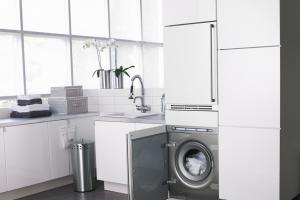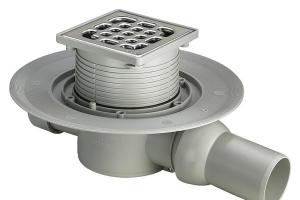Underfloor heating for tiles: types and features of laying
Tiles (or tiles) are laid on the floor, as a rule, in technical or auxiliary rooms: bathroom, kitchen, corridor. In other, residential areas of an apartment or house in our country, it is used extremely rarely: our climate is not the same. Indeed, to the touch, the tile on the floor remains almost always cold. Perhaps that is why many people want to somehow warm the tiles. Some time ago there was only one way out - a water heated floor, but today there are also electric heaters, and more than one type.
Features of power selection
Underfloor heating for tiles: types and features of laying
Any of the currently existing types of underfloor heating can be laid under the tile, but each of them has its own characteristics. For example, in the bathroom, water heating is considered more acceptable: it will not deteriorate if neighbors flood you, or water will flow abundantly from you. And for electric heating, you will have to take care of a good degree of waterproofing and be sure to connect the power supply through the RCD. If water penetrates under the tile in large quantities, the machine (RCD) will simply turn off the power. And you will not suffer, and the floor will be intact. Many in the reviews wrote that the floor in the bathroom under the tiles begins to crack, although it warms. Here, rather, the fact is that due to the fact that ordinary tile glue was used, the tile peeled off. Although the cases are different...

In all other rooms, preference is given to one of the varieties. In the simplest version of the installation, the tiles are placed directly on the heating elements - these are cable mats or a rod infrared floor. Such varieties have a "pie" with a minimum number of layers.



